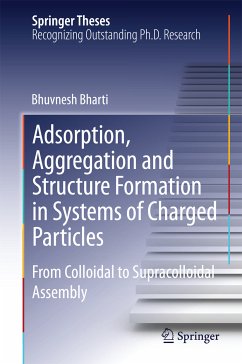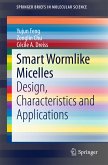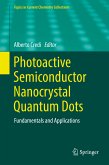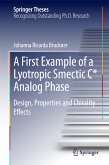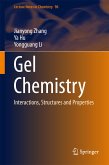This thesis presents studies on the interaction of soft materials like surfactants and proteins with hard silica nanomaterials. Due to its interdisciplinary nature it combines concepts from the fields of physical chemistry, nanoscience and materials science, yielding to fundamental insights into the structure-directing forces operating at the nano-scale. It is shown that the morphology of surfactant micellar aggregates adsorbed at the surface of nanoparticles and inside tubular nanopores can be tuned on demand by the co-adsorption of a surface modifier. The interaction of globular proteins with silica nanoparticles is dominated by electrostatic interactions and can be controlled by pH and ionic strength, while the bridging of nanoparticles by adsorbed protein molecules leads to large-scale hybrid aggregates of protein with the nanoparticles. Concepts emerging from the role of electrostatic interactions in the hetero-aggregation of nanoparticles with protein molecules are used for the co-assembly of charged microbeads into linear clusters and chains of controllable length.
Dieser Download kann aus rechtlichen Gründen nur mit Rechnungsadresse in A, B, BG, CY, CZ, D, DK, EW, E, FIN, F, GR, HR, H, IRL, I, LT, L, LR, M, NL, PL, P, R, S, SLO, SK ausgeliefert werden.

